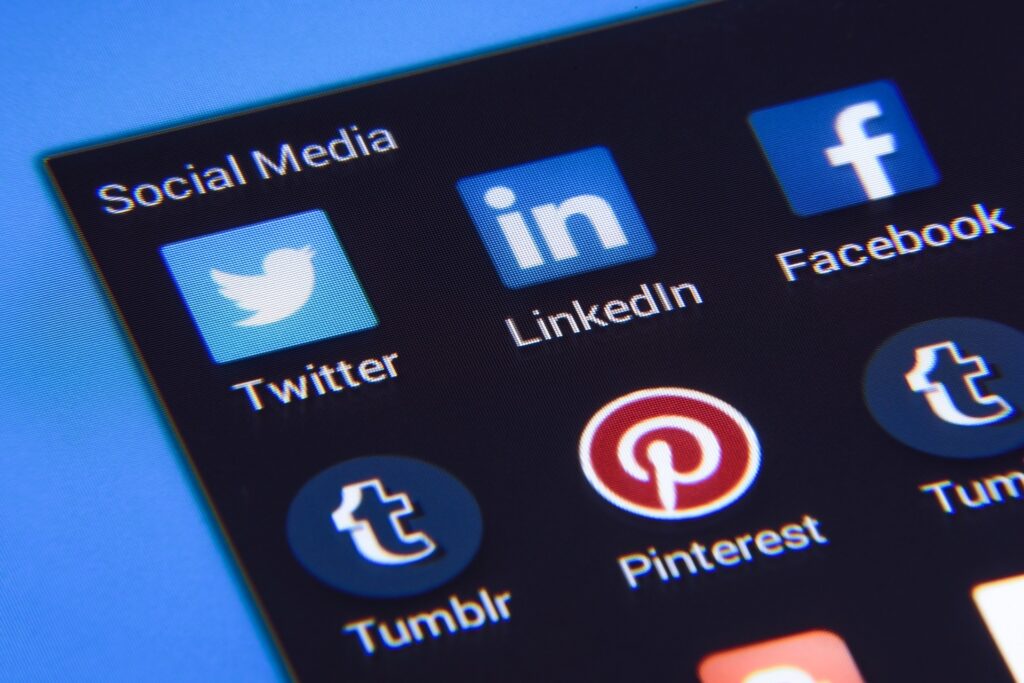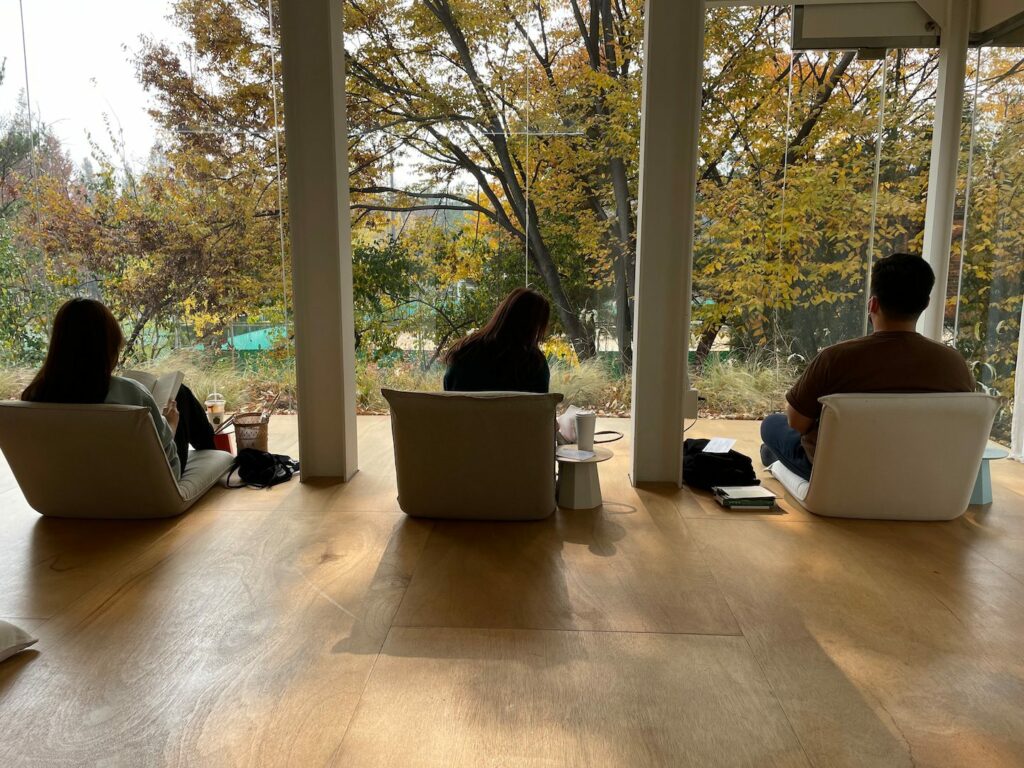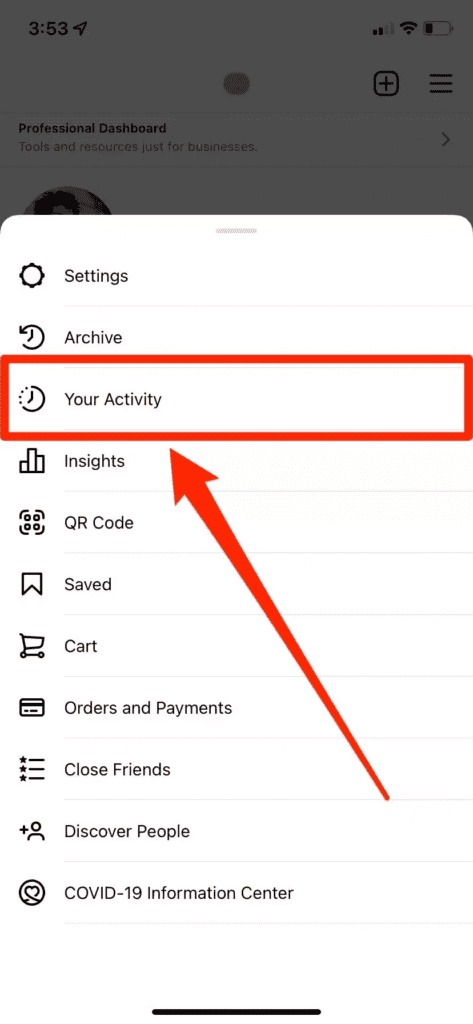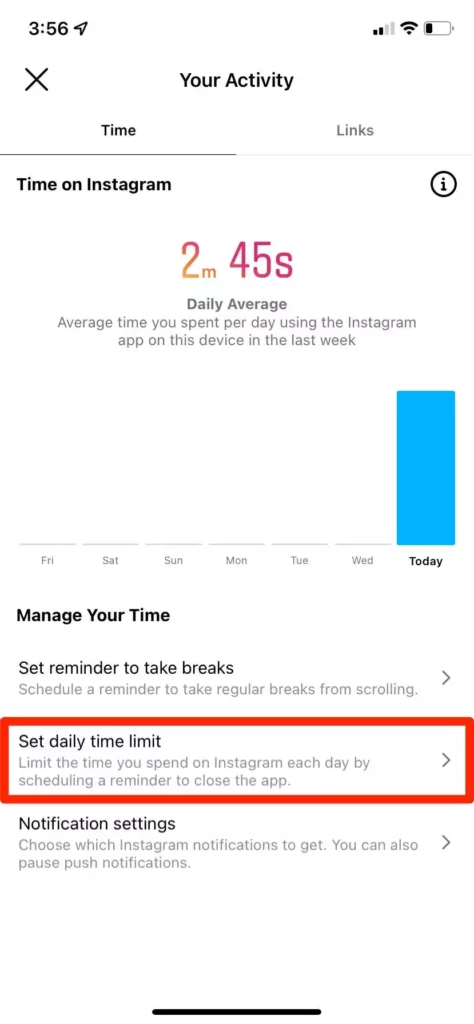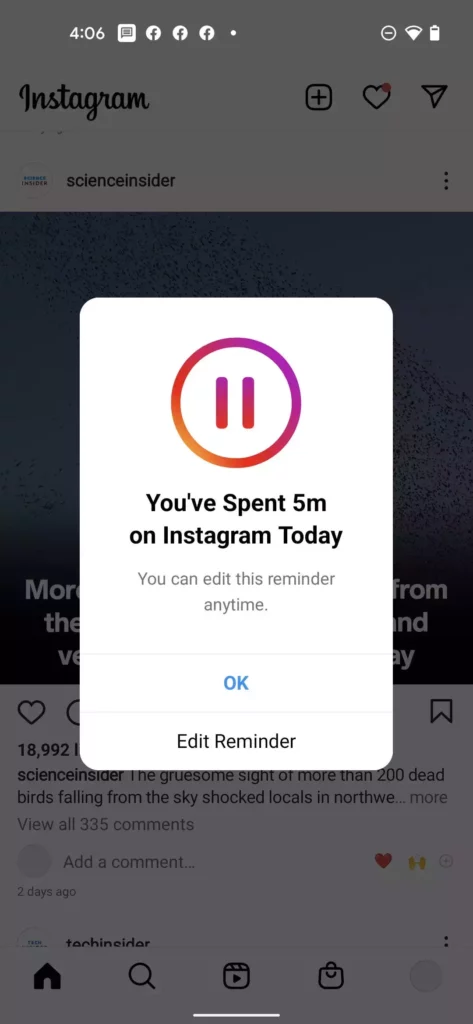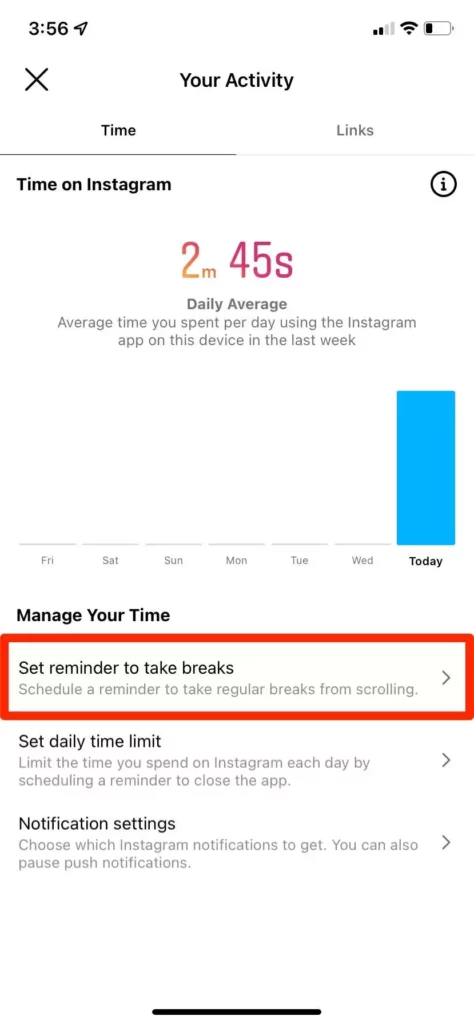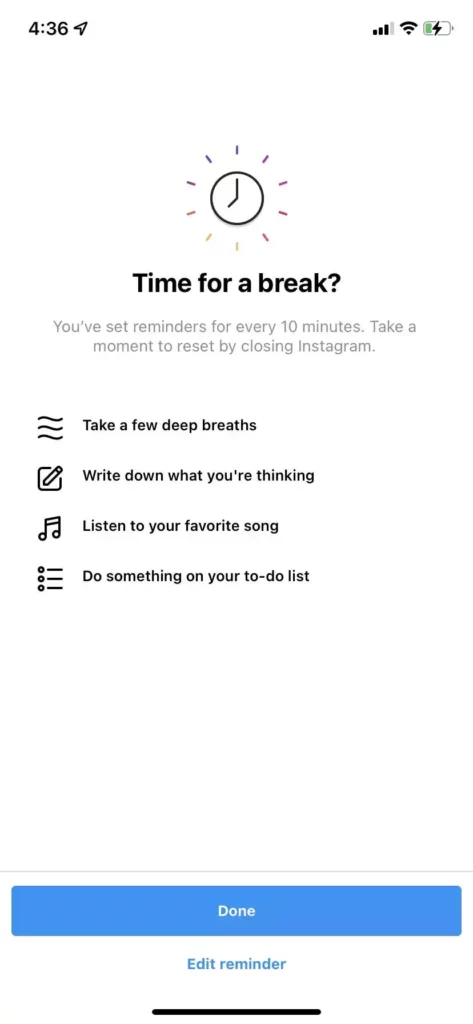Digital detox: just a new trend or something that can actually improve your wellbeing? With our gadgets becoming ever more powerful, portable, and pleasurable, the time we spend on them keeps increasing. This may bring convenience, but it’s hardly good for our health. Enter the concept of the digital detox. It’s not about quitting technology; it’s about detaching yourself from the virtual world for a while to enhance your relationship with the real world.
In this post, we’ll explore what digital detox is, why you should do it, and different strategies for making it work for you.
What is Digital Detox?
A study from the year 2000 found that the average attention span of Americans was around 12 seconds. By 2015, that number had dropped to 8 seconds. So, what’s causing this problem?
Technology indeed makes our lives super convenient, but it’s also the primary cause of massive sensory overload in our system that results in problems like difficulty focusing, extreme anger, restlessness, and chronic anxiety.
Here are some more statistics that show how problematic our compulsive tech use is:
- About 61 percent admit to suffering from tech addiction.
- Today, one out of 10 Americans suffers from depression, and psychological researchers have found that heavy internet usage is one of the primary causes of this problem.
- Six out of 10 people report that a traditional vacation does not relieve their stress.
Do you relate to the above statistics? It may be time for you to do a digital detox.
In fact, we’d say it’s a worthwhile practice for almost anyone who uses gadgets on a daily basis — even if you don’t feel you suffer from addictive behaviors.
Digital detox is a period in which you abstain from using tech gadgets like smartphones, tablets, and laptops to increase your interaction with real life.
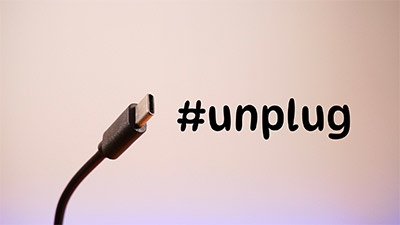
Benefits of Digital Detox
Practicing digital detox has many benefits, including reduced stress, increased productivity, and a longer attention span. Before we take a look at how to do it, let’s first have a look at some of the benefits of digital detox in-depth.
Reduced Stress
A 2017 survey by the American Psychological Association found that compulsive tech use is the primary cause of chronic stress in around 18% of US adults. If you’re interested in assessing your tech use habits, the Stress Management Society has an amazing questionnaire that can help you with that.
When you practice digital detox, your brain becomes familiar with you not engaging with your gadgets as frequently as before. Experts say that when your brain learns to be okay with not engaging compulsively with something as captivating as a smartphone, you’ll start experiencing a significant reduction in your stress levels.
Less EMF Exposure
Studies say that prolonged exposure to EMF from gadgets like cell phones, tablets, laptops, WiFi routers, smart meters, and electrical appliances can cause a number of health problems ranging from minor sleep disorders to chronic diseases like cancer.
However, the good news is that it’s not entirely out of your control.
You can’t reduce your EMF exposure to zero because doing that would mean giving up technology and living like they did in the 1850s. What is possible is mitigating your EMF exposure down to a level where it’s safer for you to use and enjoy technology.
If you want to learn more about reducing your EMF exposure, be sure to give my “Healthy Living Tips” page a visit.
By doing a digital detox, you’re essentially refraining from using EMF-emitting gadgets. This means that, for the time being, you won’t be facing such a massive amount of EMF, giving your body sufficient time to heal EMF-induced damages in your body.
This alone, however, is not enough to mitigate your EMF exposure in the long term, which is why you need to make other EMF-mitigating efforts. But it can help to change your habits around tech use – and can certainly help to prevent minor EMF-induced health problems from becoming severe.
Improved Sleep
There are three aspects to how abstaining from tech improves your sleep.
Reduced EMF exposure
An Australian researcher analyzed human and animal data to understand the changes EMF exposure creates in mammals. In this study, she found that continuous exposure to low-frequency EMF causes significant changes in the amount of melatonin that your body produces. Melatonin is a hormone that helps you sleep.
Hundreds of scientific studies link prolonged EMF exposure to reduced sleep quality and sleep disorders. Tech-use abstinence for some time causes a significant decrease in your EMF exposure, allowing your body to adjust to the natural environment, which in turn enhances your sleep quality.
Less Blue Light Exposure
The LED screens in our phones, laptops, and tablets emit blue light; the same kind of light that the sun produces. Exposing your eyes to blue light after sundown causes your body to think that it’s still daytime, which results in an altered circadian rhythm and suppressed melatonin hormone production.
When your body doesn’t produce sufficient melatonin, it’s much harder for you to fall asleep at night and get quality rest. I’ve written an in-depth post on the effects of blue light on your body which also contains tips on reducing your blue light exposure for a massive improvement in your sleep.
Practicing digital detox will help your circadian rhythm adjust to the natural environment, allowing sufficient melatonin production. As a result, you’ll get a restful sleep every single night.
Reduced Brain Engagement at Night
Going to bed indicates that you’re allowing your brain to relax and focus on background tasks like healing and detoxification. Using your gadgets in bed causes your brain to go back to a working state due to which it can’t perform its required functions.
Dr. Harneet Walia of the Cleveland Clinic says, “Checking your phone stimulates the brain, so we are more active and awake. Even just a quick check can engage your brain and prolong sleep.”
Digital detox makes it easier for you to quit your habit of using your gadgets in bed, which means less brain engagement and, of course, enhanced sleep quality.
Reduced FOMO
Fear of missing out, or FOMO, is a social anxiety that stems from thinking that others might be having fun in your absence. It’s basically a desire to stay continuously connected to what others are doing.
Humans, being social animals, are conditioned to feel that if we’re not present in social situations at all times, we’ll be discarded by society. FOMO has become much more serious with the increase of social media sites. You see that your friends are living more exciting lives than yours, and this causes you to overcommit to social events out of the fear of being left behind.
FOMO is also part of the reason why you feel the need to check your phone constantly for texts and notifications.
Digital detox will help you set your own limits and analyze what’s crucial in your life. After a few days of tech abstinence, your fear of missing out starts to reduce. Eventually, you’ll have complete control over it, making you less anxious and allowing you to focus on things that really matter in your life.
Great Work-Life Balance
Work-life balance is crucial when it comes to preserving your mental health and social relationships. When you’re constantly connected, it can be hard for you to create this balance. The temptation to respond to a work text, check your emails, or scroll through social media to see what’s going on at work, are all signs of an unhealthy work-life balance.
When you abstain from tech on purpose and focus on other key areas of your life for a certain period, it can help you create a healthier, less stressful work-life balance.
Examples of Digital Detox Around the World
The concept of digital detox is slowly picking up its pace worldwide. Even so, actual companies are getting behind it.
In the age where brands are doing everything in their power to increase their number of social media followers, Lush, a British cosmetic brand, recently deleted all their social media accounts.
This company shut down its Facebook, Instagram, TikTok, and Snapchat accounts in November 2021.
“I’ve spent all my life avoiding putting harmful ingredients in my products. There is now overwhelming evidence we are being put at risk when using social media,” said Lush’s chief executive, Mark Constantine. “I’m not willing to expose my customers to this harm, so it’s time to take it out of the mix.”
Why Did Lush Quit Social Media?
Sources say that Lush took this decision after Meta, the company that owns services like Facebook, Instagram, and WhatsApp, faced accusations of putting their financial success before the health and safety of their users.
In September, the WSJ (Wall Street Journal) published a series of reports entitled “The Facebook Files.” These reports revealed that Meta (Facebook) had explicit knowledge that Instagram was severely harmful to young people’s health. And instead of sharing that information and optimizing their app, Meta chose to hide it from the public.
That was apparently a step too far for Lush. In an interview with The Guardian, Constantine explained, “we’re talking about suicide here, not spots or whether someone should dye their hair blonde. How could we possibly suggest we’re a caring business if we look at that and don’t care?”
But the company didn’t only close their Facebook and Instagram accounts. Instead, they shut down all their social presence, and they’ve explained the reason in their “Anti-Social Media Policy.”
The Anti-Social Media Policy
Their policy states that, although they want to use the latest communication tools to make it easier for their customers to be in touch with them, they don’t want these interactions controlled by a third party.
The policy also mentions that Lush only favors platforms that don’t use algorithms to target their users with negative content, fake news, or extreme viewpoints just to boost engagement, shares, and clicks.
So, what do you think of this extreme action by Lush? Did they do the right thing?
2021: Would You Pay to Zone Out? South Koreans Do
While Lush shut down all their social media accounts, South Koreans have a different way of detaching themselves from technology. It’s a new and growing trend called “Hitting-mung.” Have a look.
Hitting mung, which roughly translates to “zoning out,” is an ongoing trend in South Korea that requires people to just sit and stare blankly into a space in front of them for some time.
South Korea is one of the fastest-paced countries in the world, where it’s not really acceptable to be doing absolutely nothing. And because of that, people are actually paying establishments to give them a space where they can simply go and zone out.
People are sitting in a Cafe and quietly staring into nature. Source: The Washington Post
In November 2021, news site Insider published an article where they reported about The Green Lab Café located near the Seoul Forest. This café lets their customers book time slots in their establishment’s quiet room that faces Seoul Forest’s lush greenery. The only rule is that the visitors must put their phone on silent and refrain from speaking.
“It’s so hard to find spaces in Korean society where it’s acceptable to do absolutely nothing,” Bae Hyun, a Green Lab employee, said to The Washington Post. “People seem to be finding more interest in this, though I think it will take some more time for it to become widely popular.”
A Movie Theater That Shows Nothing
When thinking of a peaceful and non-stimulating place, movie theatres are probably the last thing that comes to mind.
But that may be changing soon, as movie theatres in Seoul are running special features where, instead of a movie, they just show repetitive videos of everyday things around us.
Just in November, The Washington Post reported Seoul’s Megabox movie theaters selling $6 tickets to a film called “Flight.”
This film has a cockpit view of a 40-minute plane ride, and that’s it. No story, dialogue, actors, or even special effects. And the much more interesting part is that it’s actually a sequel to another movie called “Fire Mung,” which just contains a 31-minute video of a bonfire.
So, Why Are South Koreans Doing This?
Besides making our lives incredibly convenient, technology also floods our brains with a ton of information daily. And that’s causing serious problems ranging from improper sleep to impaired brain development, research studies say.
Besides that, according to psychologist Martha Manning Ph.D., lack of downtime in our brains also makes us less creative. The reason behind this is our default brain network.
The default brain network is an interconnected group in our brain structure, responsible for performing passive tasks like self-actualization, introspection, retrospection, and creativity.
Neurologists say that this brain network can only function when the other parts of your brain are not occupied. This means that if you’re doing something that requires your attention, like, say, watching an online video, the default brain network becomes inactive.
This may also be why many people have good ideas while taking a shower. Not because the process of showering makes you creative, but because your brain is not processing any other information from sources like your phone, computer, TV, or other people.
So, you need to understand that sometimes “doing nothing” will not only relax you but can benefit you massively in the long term.
A Month Without Social Media: What It Looks Like?
Today, the internet is filled with stories of people benefitting massively from digital detox. One such story comes to us from Jacque Smith, an Executive Producer at CNN Digital.
Smith deleted her Instagram and TikTok, logged out of Facebook and Twitter, and readied herself for 30 days without social media—a new year’s resolution she called “Dry January.” Here is a summary of what she experienced.
Scrolling is an Addiction
During her first week of ‘Dry January,’ Smith would unlock her phone at least once an hour, and since none of the social media apps were there, she’d get confused about what to do next.
To avoid being bored, she would go through her camera roll or the CNN app and read her already-read work emails to ensure she hadn’t missed anything important.
Scrolling social media has become an addiction for most people as when we do, our brain releases a stream of dopamine, the feel-good hormone that influences our mood.
Before smartphones became the norm, most people enjoyed using their phones offline. Remember the snake game in Nokia 3310? It was a fantastic boredom killer.
But, if you try to play the same offline game today, you’ll get bored in minutes. That’s because smartphones and internet-based applications have trained our brains to want more than what offline devices can provide. You can read my post “Gadgets are Addictive, and Tech Companies Know It” to learn more about how dopamine influences your online behavior and how to retrain your brain into enjoying downtime.
You Can Get a Lot Done in a Few Minutes
“Throughout the month, I took advantage of pockets of time that I used to spend scrolling to check off my to-do list,” says Smith.
If she had a few moments waiting for a train, she used that time to read a book. If she had five minutes before doing anything important, she would load the dishwasher or do other similar tasks.
When you stop mindlessly scrolling social media or bingeing media content, you’ll realize that you actually have a lot of time on your hands that you can use to complete other things.
Time for Real Relationships
There’s a difference between being social on social media and in real life. Socializing isn’t just about swiping your friends and family’s Instagram stories and reacting with an emoji. Humans are evolved to socialize by being present in a physical space, and no matter how advanced social media becomes, it can’t match that.
Smith also came to this realization. She said, “A month without social media just reminded me how important it is to prioritize spending time with my favorite people in real life.”
If you want to read about her whole experience, her article is available over at CNN. So, give it a visit.
Digital detox is something that anyone can do and benefit from. It doesn’t need any special equipment, and above all, it’s free of cost.
So why not give it a shot? Here’s how.
How Can You Go About Digital Detox?
So, you see, simply going gadgetless for a specific period can help you in so many ways. But how do you go about it? Lock your phone in a drawer? Or not charge your laptop so you can’t use it?
Well, you have to create a system that works for you. Here are a few tips to help you with your digital detox journey.
Keep It Realistic
Keeping it realistic to your situation is crucial when you plan your digital detox journey. ‘Taking it to the extremes’ is a problem with many people. They try to go completely tech-less, which causes them to drop the plan as soon as they begin.
Being completely disconnected from technology may seem good on paper, but it is not feasible for everyone. This is why you have to create a healthy balance. This way, you can benefit from digital detox while still attending to areas in your life that require tech use.
Here’s what I mean. Let’s say that you need to use your laptop and smartphone for your work during the day. Simply create a routine where you do a mini-detox at the end of your workday. Pick a time that works for you, and turn off your devices. During this time, you’ll focus on things that don’t require tech use, like visiting a friend, going for a walk, working out, or reading a book.
Remove Distractions
Have you ever closed a social media app because you’re bored, only to reopen it after 5 minutes because you’re bored?
These applications have created a glamorous world for you to drown in whenever you feel a tiny bit of boredom. And even if you don’t go back to them, their constant notifications will eventually force you into opening the app again.
For this, I recommend turning off push notifications on these apps, so they can’t bother you when you’re focusing on something else.
Increased Concentration from Turning Off Notifications
A 2015 study by Carnegie Mellon University says that simply turning off notifications on your phone can noticeably improve your concentration. And that too within 24 hours.
For this study, the researchers tried to recruit volunteers who were willing to disable all phone notifications for a week. But unfortunately, no one wanted to participate. So, they adjusted the conditions of their study and told people that they’ll just need to turn off their phone notifications for 24 hours.
After this, 30 people signed up for the “Do Not Disturb Challenge.”
After 24 hours of this challenge, the researchers asked the volunteers how they felt. And the results were quite interesting.
Some participants said that they felt anxious about missing messages. But the rest of the group said that they felt like their concentration ability had increased. And besides that, they also reported a significant decrease in their stress levels.
22 of the 30 volunteers also said that this experiment made them rethink how much they gravitate towards their phones every day.
After two years, the researchers followed up with the volunteers. They found that 13 of the original subjects continued turning off unimportant notifications on their phones.
Though this study was limited by its size, that doesn’t take away from its credibility. Statistics say that in 2015 the average person received approximately 64 notifications every day. And now, that number is much higher. That’s why turning off your notifications is so important.
Test it Yourself
Do this: Take a count of how many times you reopen the same app. Or alternatively, how much time you spend every time you open that app. Turn off push notifications the next day and see if there are any changes in your usage.
Indeed, there may be important stuff you’ll miss when you turn off notifications. One way to manage this is to set up your daily routine to allow you to check your messages, posts, and mentions at a specific time for approximately 20-30 minutes, each day.
And if you have messages that require repeated back and forth with someone you know, the best option is to call them. It’s significantly faster and more efficient.
Use An App
Yes, it sounds contradictory. Isn’t the point of a digital detox to stop using your apps?
But the truth is, apps can be useful for both understanding your tech habits and enforcing your tech-free time.
For example, did you know that Apple and Android devices have built-in software for tracking your usage? Apple’s Screen Time app and Android’s Digital Wellbeing feature tell you statistics like how many times you unlock your phone, which apps you use the most, and how much screen time you average daily. This can be helpful for getting a handle on your usage habits and better understanding how you can successfully cut down on your device use.
Here‘s how to turn on the feature on Apple and here are instructions for Android.
Apps can also be very helpful if you’re not looking to detox fully, but just want to manage and reduce your relationship with and usage of technology on an ongoing basis.
Digital Fast Day
Pick a day in a week when you don’t have engagements that require tech use – preferably on the weekend – and make that the day of your digital fast.
On that day, you’ll refrain from using virtually any electronic gadgets and focus on things that you can do offline like gardening, reading a book, going for a hike, etc.
Digital fast days are one of the best ways to gather digital detox’s benefits without it interfering with other aspects of your life.
Digital Detox Vacation
There are many services that offer digital detox retreats in which you go to a place with little to no digital tech availability and enjoy your time in nature. These also combine your stay with activities like meditation and yoga, through which you can detach from your fast-paced life for the length of your vacation. It’s something that you can explore, but you don’t necessarily have to use these services. The primary goal here is to make yourself offline for a while.
Robert Hassan, the head of the Media and Communications Program at the University of Melbourne, wrote an amazing article back in 2020 in which he described the restored sense of balance he felt after a 4-week long digital detox vacation.
Hassan explained how tech dependence had destroyed his work-life balance, and his efforts to cut down tech use proved unsuccessful. He wanted to experiment on himself to see if digital detox vacation would be any different and whether there’d be changes in his habits when he returned home.
He said, “Since I’ve been back, it feels like some sense of balance has been restored. Part of this came from seeing the smartphone as a slightly alien thing (which it is). And instead of being something that always prompts me, I flipped the power dynamic around to make it something I choose to use – and choose when to use. Meaning sometimes it’s okay to leave it at home or switch it off.”
You can find many stories like Hassan’s on the internet, and all of them point towards the fact that digital detox vacations work. So why not plan yours today?
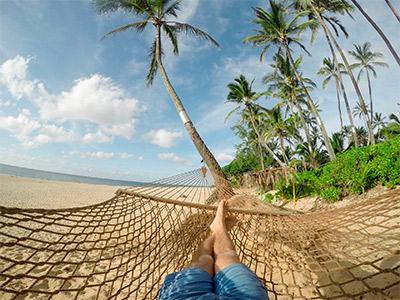
2021: Instagram Says Take a Break
“We’re going to introduce something which I think will make a considerable difference, which is where our systems see that teenagers are looking at the same content over and over again, and it’s content which may not be conducive to their wellbeing, we will nudge them to look at other content,” said Nick Clegg, VP of Meta’s Global affairs. “We announced last week that we’re exploring two new ideas: encouraging people to look at other topics if they’re dwelling on content that might contribute to negative social comparison, and a feature tentatively called Take a Break.”
The Take a Break feature is super interesting, especially when it’s coming from a company like Meta. A company that does its best to keep users hooked on its products.
Clegg announced this feature slowly after a week Frances Haugen testified in front of the congress accusing Meta (previously Facebook) of keeping the results of their research that shows how mindless Instagram scrolling damages teenagers’ mental health under wraps for two years.
The research reveals some serious problems, and the Take a Break feature they added recently could solve a huge chunk of it.
So, what is Take a Break exactly?
Instagram’s New Take a Break Feature
There are actually two features that you can now use on Instagram to wake yourself up from mindlessly scrolling your feed. These features are called “Take a Break” and “Daily Limit.”
These features are designed to encourage Instagram users to close the app after using it for some time. You can simply decide your time limit, and the app will remind you to break the scrolling cycle.
The Daily Limit feature is available in both iOS and Android operating systems. However, as of now, the Take a Break feature is only available on the iPhone app.
How To Turn It On?
Let’s have a look at how you can use both ‘take a break’ and ‘daily limit’ features on your Instagram application.
Daily Limit
As the name suggests, the daily limit feature reminds you to close Instagram once you’ve reached the daily limit that you set. And here’s how to turn it on.
1. Open Instagram and tap your image in the bottom right corner. It will take you to your profile.
2. On the top right-hand side, you’ll find three stacked lines, and clicking it will pull a menu from the bottom of the app. Once you have that, click on “Your Activity.”
3. Once you’re there, you’ll find two tabs, time & links. Stay on the time tab, and click on Set Daily Reminder (Android) or Set Daily Time Limit (iPhone).
4. You can then choose how long your daily time limit should be.
5. Tap Set Reminder (Android) or Done (iPhone).
A popup will appear once you hit that, showing this message on the screen.
Take a Break
You can set Instagram’s Take a Break feature to remind yourself to stop using the app after scrolling for a long time.
Again, this feature is only available in the iPhone app. Here’s how you turn it on.
1. Open Instagram and tap your image in the bottom-right corner.
2. Once you’re in your profile, click on the three stacked lines at the top-right corner of the page. Once you have the menu, click Your Activity.
3. Again, you’ll get two tabs, time & link, stay in the time tab and click “Set reminder to take breaks.”
4. You can then select how frequently you want reminders to come up. Once you’ve selected, hit done.
Here’s what the take a break feature looks like in action.
Final Thoughts
You may be familiar with the phrase, “Too much of a good thing is bad.”
Inarguably, technology has made our lives easier, but if you don’t use it in moderation, it can do more harm than good. From physical and mental health problems to massive EMF exposure, the gadgets in your home have the potential to cause severe harm.
However, the amount of harm they cause depends completely upon how in control you are of your tech.
But, controlling your tech means gaining control over the emotional and psychological connection you have with your gadgets and the services you use on them. So how do you do that?
In episode 3 of season 2 of The Healthier Tech Podcast,” Aurimas Juodka (AJ for short), a health and human performance expert, shared the concept of “Optimized Human” with us. He explained how taking ownership of your situation and optimizing it according to how your body needs it to be, helps you enhance yourself to a point where you can gain control on both emotional and psychological connections you have with your tech.
Digital detox, even the mini detoxes we talked about in a section above, guides your psyche on the path of achieving the level of control needed for this. And in no time, you’ll start seeing incredible changes in your life, just like Yannick Francisco-Smits did.
Yannick Francisco-Smits is another one of our amazing guests, with whom we got a chance to have an in-depth conversation on episode 4, season 2 of “The Healthier Tech Podcast”. You can stream both these episodes exclusively on “The Healthier Tech Podcast—Season 2” We’re available on all major platforms, so give it a listen.



